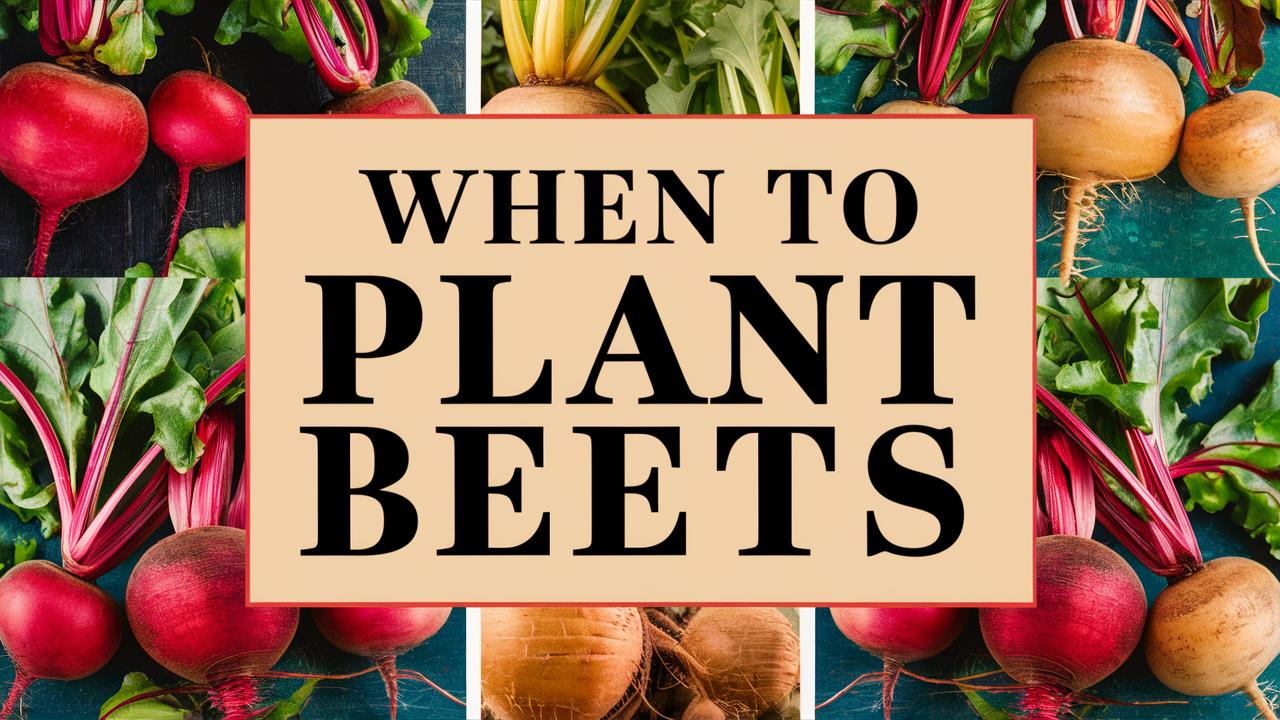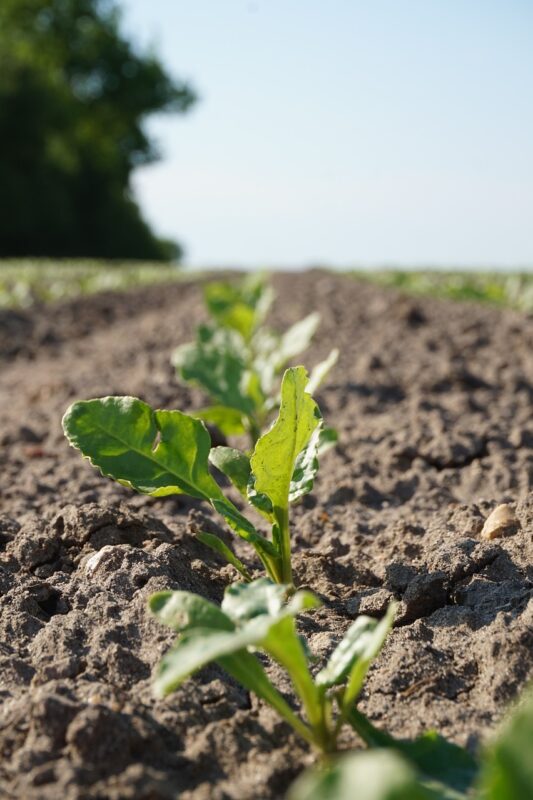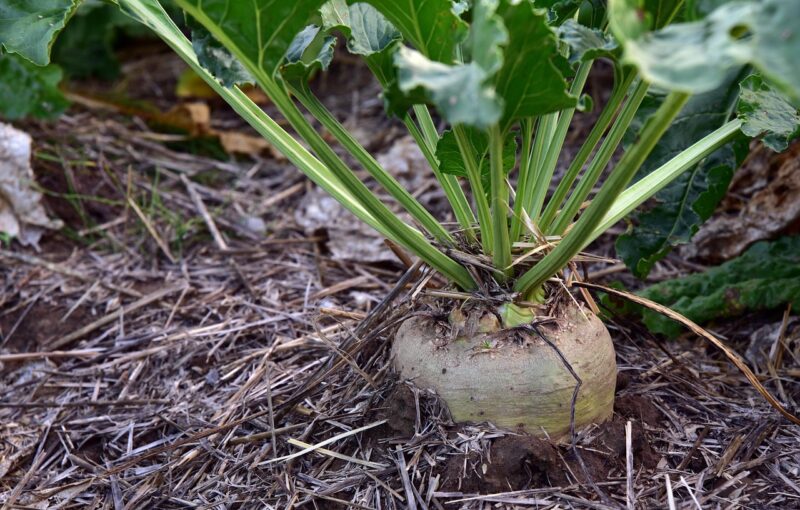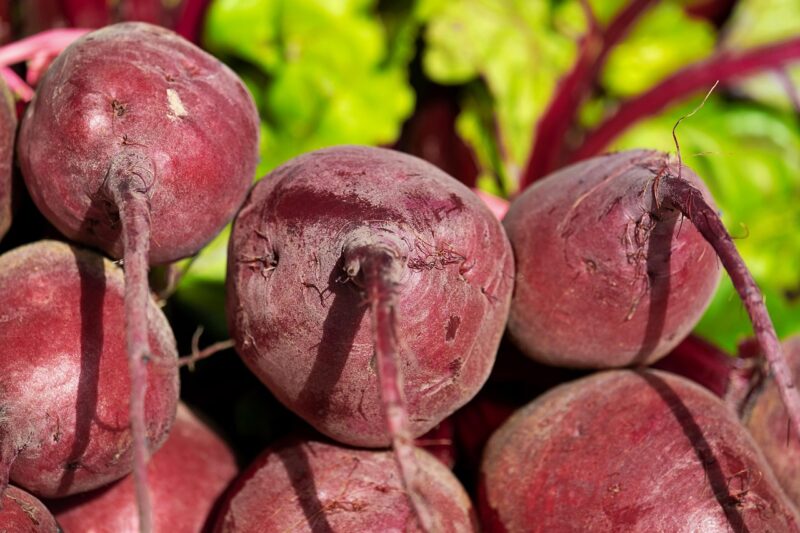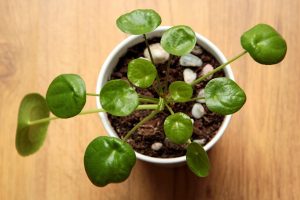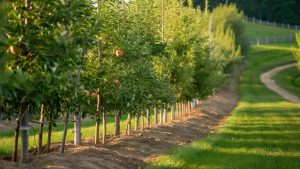In this comprehensive guide, we will explore the ideal planting times, the different growing methods, regional variations, and various tips to ensure your beet planting is successful.
Understanding Beets

Before diving into the specifics of planting time, it’s essential to know a bit about the beetroot itself. Beets (Beta vulgaris) are root vegetables that belong to the amaranth family. They are not only celebrated for their sweet, earthy flavor but also for their impressive health benefits, which include high levels of vitamins A and C, iron, and antioxidants. Beets are versatile, used in salads, soups, smoothies, and as standalone dishes.
Knowing this, it’s easy to understand why many gardeners are eager to cultivate beets in their plots. However, your gardening success hinges on more than just good seed and soil—timing is everything.
Ideal Planting Times for Beets
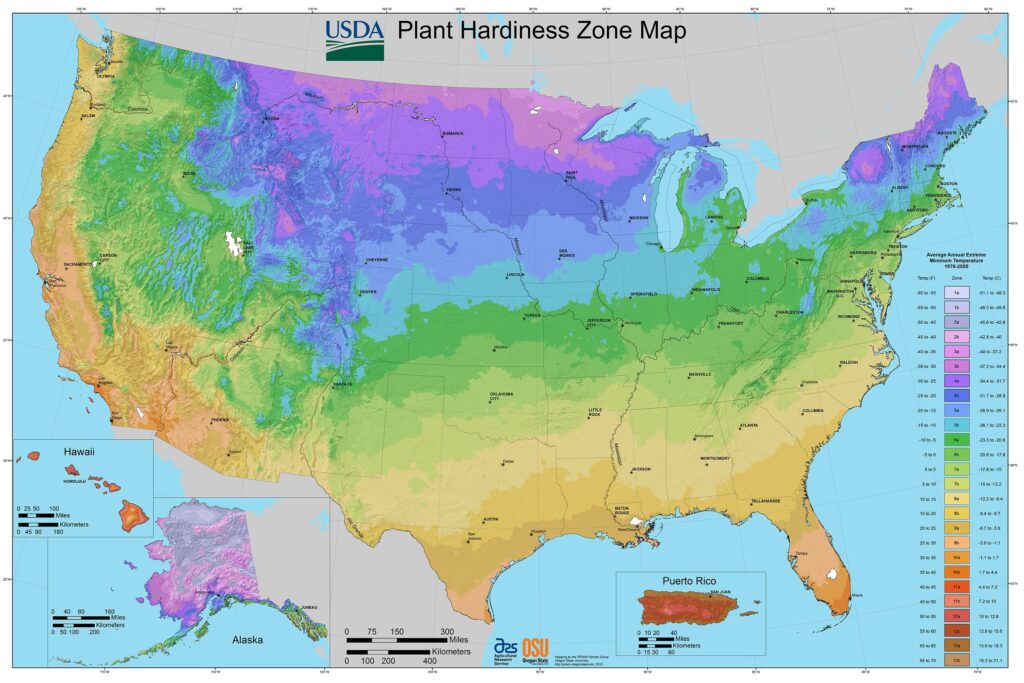
Cool-Season Crops: Spring and Fall Planting
Beets are classified as cool-season crops, meaning they thrive in cooler temperatures. The best time to plant beets is during the early spring and fall. Generally, in most temperate areas, spring planting can begin as soon as the soil can be worked, usually 2 to 4 weeks before the last expected frost.
Spring Planting: Aim to sow beet seeds as early as April, depending on your climate. For many regions, this is the ideal time since the soils are still moist and cool. The germination temperature for beets lies between 50°F to 85°F, with the most favorable conditions around 60°F to 70°F.
Fall Planting: Beets can also be successfully grown in the fall. For a late summer planting, aim for mid to late July or early August, allowing sufficient time for them to mature before the ground freezes. Beets will often become sweeter as they experience cooler temperatures.
Regional Considerations
The exact timing can vary considerably based on your geographical location—understanding your hardiness zone is crucial. Here are few regional tips:
Northern States: Areas with shorter growing seasons, such as the Northern Midwest or Northeast, should prioritize early spring planting. In some regions, you may get away with two rounds of planting—once in spring and again in late summer.
Southern States: In warmer southern climates, staggered plantings from late winter to early fall are excellent. For instance, plant your crops around February or March, then consider a second round in September for a fall harvest.
Coastal Regions: Temperate coastal areas can see prolonged growing seasons. Here, beets can be planted as early as February and as late as September, allowing for staggered harvests.
Understanding Local Frost Dates
Every gardener should know their local frost dates as this knowledge directly influences when you can plant beets. It’s essential to consult a local gardening guide or use online resources to determine the last frost date of spring and the first frost of fall. Planting after the last frost ensures the best germination rates and optimal growth.
Soil Preparation for Beets
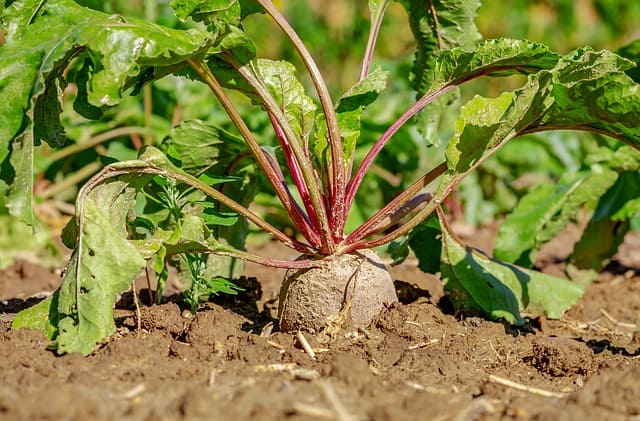
While determining when to plant your beets is important, effective soil preparation can significantly enhance your growing success. Beets prefer well-drained, loose soil rich in organic matter. Here’s how to prepare the perfect bed:
Soil Testing
Start with a soil test to understand the pH and nutrient levels. Beets thrive in soil with a pH of 6.0 to 7.5. If your soil is too acidic, consider adding lime; if it is alkaline, sulfur may help moderate the pH.
Amend the Soil
Prior to planting, amend your soil with compost or well-rotted manure to improve fertility. This organic matter helps with drainage and might provide the necessary nutrients for healthy beet growth. Aim for about 2 to 4 inches of compost spread evenly across your planting area.
Tilling and Loosening Soil
Till your soil to a depth of at least 12 inches to ensure that it’s loose enough for beet root development. A compacted soil will produce small, misshaped roots. After tilling, rake the surface to create a smooth seedbed.
Direct Sowing of Beet Seeds
Beets should be directly sown into the soil as they do not transplant well due to their taproot systems. Here’s how to plant your beet seeds effectively:
Space Between Seeds
Sow seeds about ½ to 1 inch apart in rows spaced 12 to 18 inches apart. Plant in clusters of two or three seeds, as germination rates can vary. Once you notice seedlings, thin them out later to ensure adequate space for each beet to grow.
Optimal Seed Depth
Plant seeds about 1/2 inch deep to ensure they are covered adequately. If planted too deep, the seeds may struggle to reach the surface and germinate properly.
Watering After Planting
After seeding, water the area generously to ensure good soil contact. Consistent moisture is crucial for germination, so monitor the soil’s moisture level, especially in the first few weeks after planting.
Seasonal Care for Beets
Once planted, beets require specific care through their growing stages. Here are a few critical areas to focus on:
Watering Regime
Beets need about an inch of water weekly from overhead watering or rainfall. If you live in an area with low rainfall, consider using mulch to conserve moisture and prevent weeds—both of which can interfere with root development.
Thinning Beets
Thinning your beet seedlings is essential for the healthy growth of the remaining plants. Once the seedlings are about 4 inches tall, thin them to 3 to 4 inches apart. This spacing allows each beet ample room for growth and ensures they don’t compete for water and nutrients.
Fertilization
Beets are moderate feeders. If you have already added compost to your soil, you might not need additional fertilizer. However, if your soil tests indicate low nutrient levels, consider a balanced fertilizer (like 10-10-10) during mid-season. Always follow the manufacturer’s instructions to avoid nutrient burn.
Pest Management
Monitoring for common beet pests, such as aphids, leaf miners, and rabbits, will help maintain a healthy crop. Handpicking pests and using organic pest control methods can help mitigate damage without harming beneficial insects.
Harvesting Beets
When you grow beets, knowing when to harvest is just as important as knowing when to plant. Beets can be harvested once they have reached the desired size, typically when they are about 1 to 3 inches in diameter. Here’s how to tell when your beets are ready:
Signs of Maturity
You’ll notice that beets begin to bulge above the soil surface once they’ve reached a decent size. They can be harvested whenever they reach your preferred size, but younger beets tend to be sweeter and more tender.
Harvesting Techniques
Use a garden fork or a spade to carefully lift the beet from the ground, avoiding any damage to the roots. Grasp the greens gently but firmly to pull the beet from the soil without breaking the skin. Be careful not to cut into the roots if you want to store them.
Storage of Beets
Store your harvested beets by cutting off the greens, leaving about an inch of stems attached to prevent bleeding. Rinse off any dirt, then store them in a cool, dark place or refrigerate them in a plastic bag for up to several weeks.
Culinary Uses for Beets
After a successful harvest, it’s time to enjoy your beets. Their culinary versatility is one reason many gardeners choose to grow them. Here are a few delightful ways to incorporate beets into your kitchen:
Roasted Beets: Roasting brings out the natural sweetness of beets. Cube cooked beets, toss them in olive oil, salt, and pepper, and roast them in the oven until tender.
Beet Salads: Combine roasted or boiled beets with feta cheese, walnuts, and a light vinaigrette for a refreshing salad.
Soups: Borscht, a traditional beet soup from Eastern Europe, is not only hearty but also packed with nutrients.
Juicing and Smoothies: Fresh beet juice is a vibrant and health-boosting drink, excellent for detoxifying. Add it to smoothies for an earthy flavor.
Conclusion
Planting beets is a rewarding endeavor that requires attention to detail and timing. From understanding the ideal planting windows based on your region to ensuring proper soil preparation and ongoing care, every step contributes to your success. With a little planning and care, you’ll not only enjoy the process of growing these beautiful vegetables but also savor their delightful flavor and health benefits.


